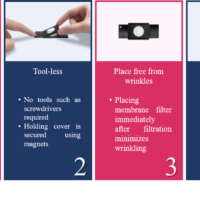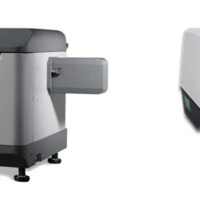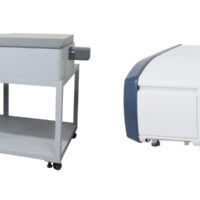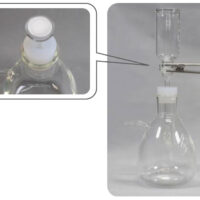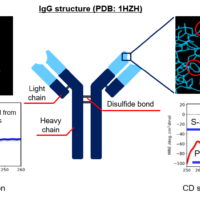Configuration of Raman spectrophotometers
The typical Raman spectrophotometer setup is shown in Fig. 14. It includes a laser light source, an optical filter for rejecting Rayleigh scattered light, a diffraction grating for dispersing Raman scattered light and a CCD for detecting the dispersed light at different wavelengths.
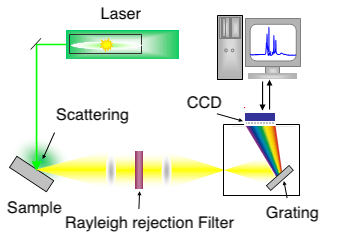
Fig. 14 Raman spectrophotometer setup
History of Raman spectrophotometers
Laser Raman system
After the principle of Raman scattering was developed by CV Raman et al., the main light source used was a mercury lamp. In the 1960s, laser Raman spectrophotometers using a 694.3 nm ruby laser and a 632.8 nm He-Ne laser appeared, although the output power was only a few tens of milliwatts. In the 1970s, Ar+ lasers with a sufficiently high output power became available. Further, with the evolution of spectrophotometers employing a low stray light double monochromator and a highly sensitive photomultiplier tube, the measurement performance was greatly improved (Fig. 15).
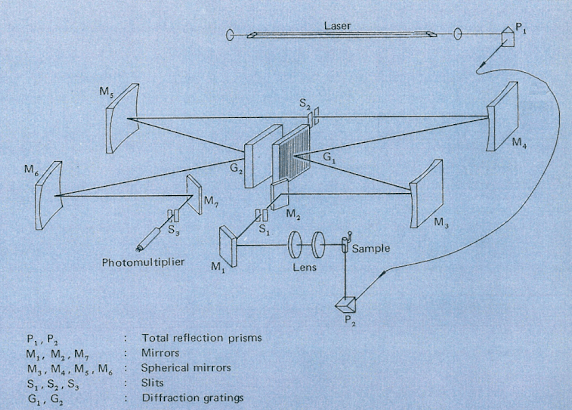
Fig. 15 Configuration of JASCO Raman Spectrophotometer R-300 employing Ar+ laser
Multichannel Raman employing CCD
In the latter half of the 1970s, fusion with light microscopy gave birth to a microscopic laser Raman spectrophotometer, which made it possible to perform measurements on the microscale. Today, the majority of Raman instruments sold are microscopic laser Raman spectrophotometers. In the late 1980’s, a multichannel Raman spectrophotometer was introduced that can measure multiple measurement points at once. Since then, the performance of CCD detectors has dramatically improved, so that Raman spectrophotometers such as the NRS-2100 (Fig. 16) that use a CCD detector have become popular.
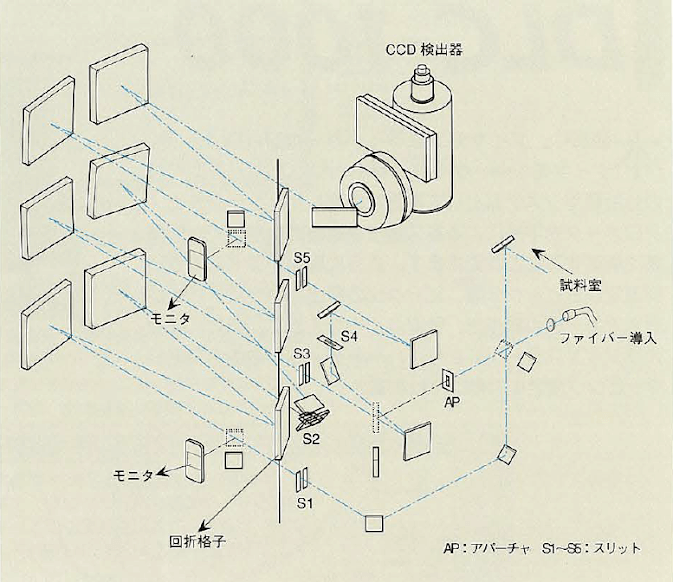
Fig. 16 Configuration of JASCO Raman spectrophotometer NRS-2100 employing CCD detector with vertically placed triple monochromator
Simple and high performance optical design utilizing Rayleigh rejection filters
Using a CCD detector instead of a photomultiplier, the system configuration became simple and the performance improved dramatically. In the late 1990s, high-performance Rayleigh rejection filters were introduced, eliminating the need for large precise monochromators and resulting in a compact and highly sensitive Raman spectrophotometer with a single monochromator. Since 2000, it has become possible to mount multiple lasers, and to select the light source according to the measurement purpose such as resonance Raman or fluorescence avoidance.

